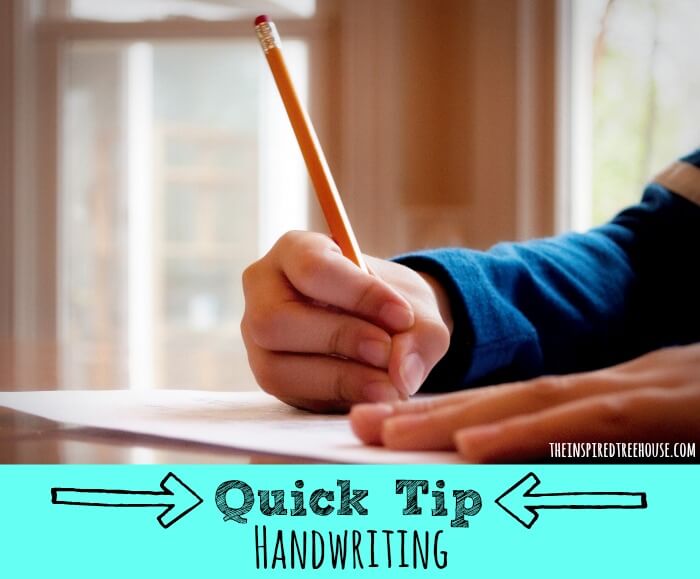
Difficulty with handwriting is one of the most common child development issues we see in our school-based occupational therapy practice. While I have lots of great handwriting ideas and strategies in my OT bag of tricks, this one is one of my favorites.
Many kids have trouble with using appropriate sizing and alignment in their writing. I typically approach this issue by teaching the lowercase letters in three separate groups: the TALL lowercase letters, the SHORT lowercase letters, and the TAIL lowercase letters.
I demonstrate that the TALL lowercase letters (b d f h k l t) touch the top handwriting line and the bottom line. We practice these for a few sessions with LOTS of consistent verbal prompting (Me: “Where do the TALL lowercase letters touch?” Kids: “Top and bottom!”)
Then, I move on to the SHORT lowercase letters (a c e i m n o r s u v w x z), showing the kids that these letters touch the dotted line and the bottom line. Again, LOTS of verbal prompting about where these letters touch.
Finally, we tackle the TAIL lowercase letters (g j p q y), showing that these letters touch the dotted line and have a tail that hangs down below the bottom line. Once again with the verbal prompting.
As I teach each group of letters, I highlight the corresponding lines on the paper to bring visual awareness to where each letter should touch. Try this printable Tall, Short, Tail Handwriting Practice Sheet.
What are your favorite handwriting tips and tricks? Leave a comment below or share them with us on our Facebook page!

photo credit: GoodNCrazy via photopin cc text added
Latest posts by Claire Heffron (see all)
- Cute Zipper Bags for Therapists - April 18, 2024
- Fairy Tale Games and Toys - April 12, 2024
- The Best Emotional Regulation Books for Kids - April 8, 2024
